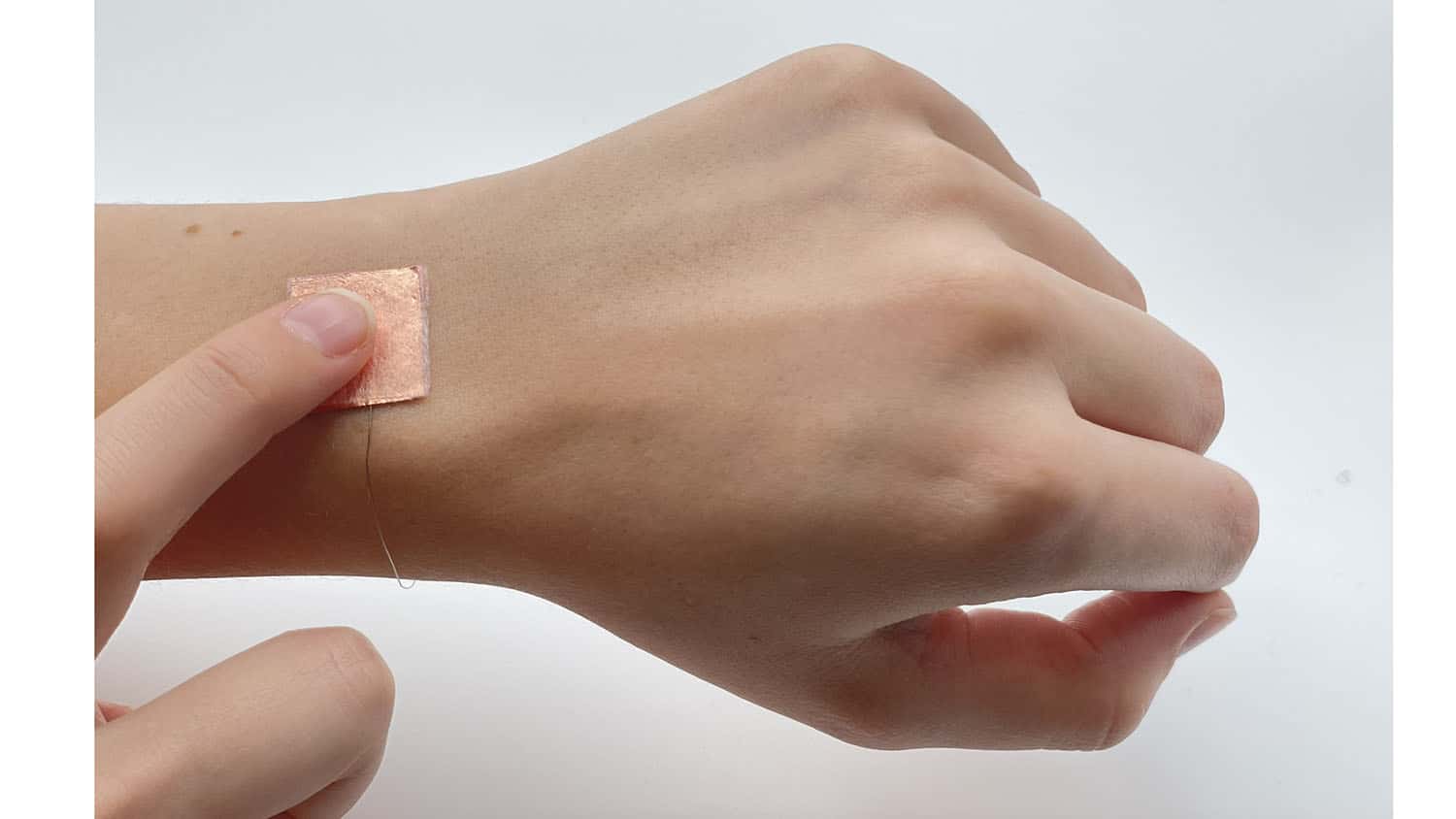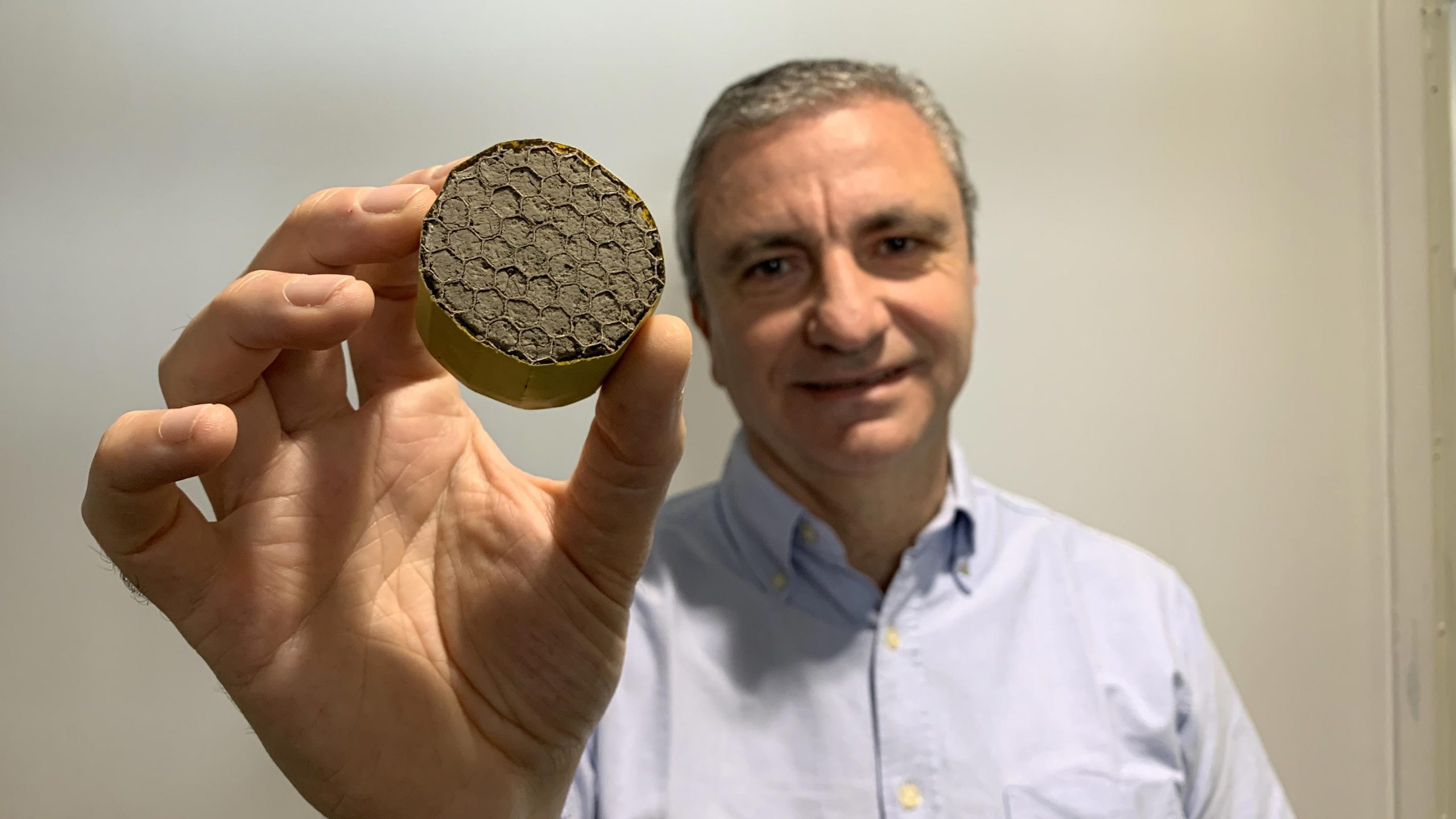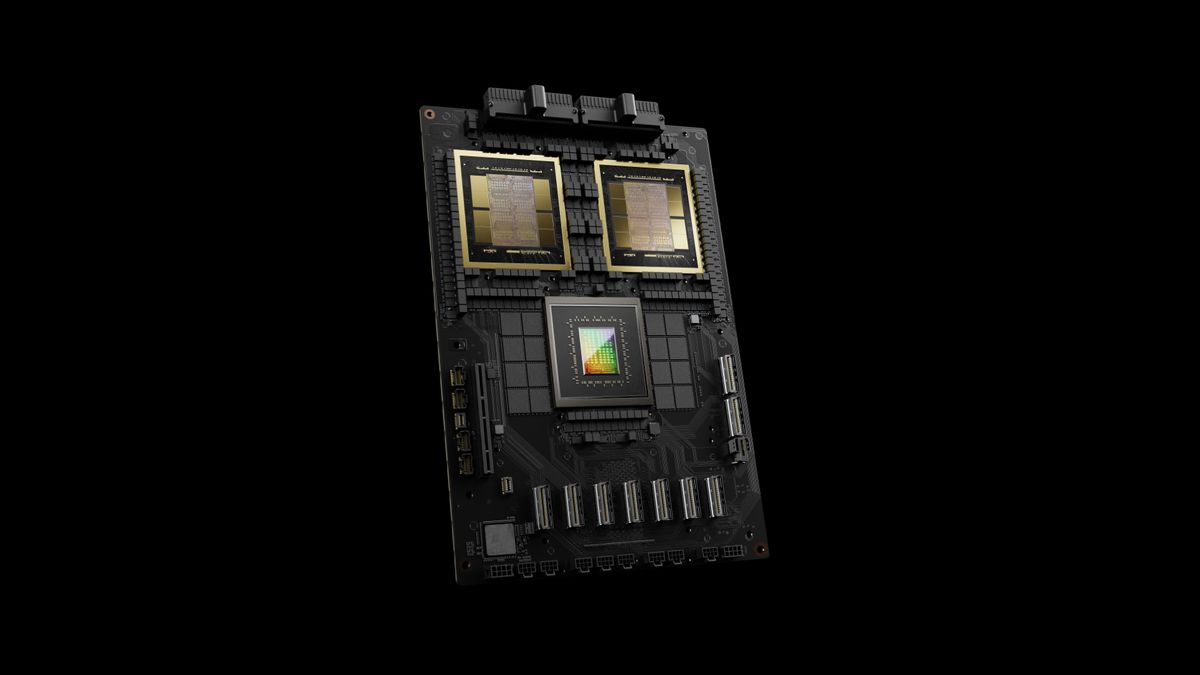
Researchers Make Comfortable Materials That Generate Power When Worn
Researchers have demonstrated new wearable technologies that both generate electricity from human movement and improve the comfort of the technology for the people wearing them. The work stems from an advanced understanding of materials that increase comfort in textiles and produce electricity when they rub against another surface.
At issue are molecules called amphiphiles, which are often used in consumer products to reduce friction against human skin. For example, amphiphiles are often incorporated into diapers to prevent chafing.
“We set out to develop a model that would give us a detailed fundamental understanding of how different amphiphiles affect the surface friction of different materials,” says Lilian Hsiao, corresponding author of a paper on the work and an associate professor of chemical and biomolecular engineering at North Carolina State University. “The model helps us understand the molecular basis for friction reduction and can be used by engineers to tailor a material’s properties for different applications.”
“We then began a series of experiments to explore whether we could use amphiphiles to modify materials and incorporate them into haptic energy harvesters,” says Saad Khan, co-corresponding author and INVISTA Professor of Chemical and Biomolecular Engineering at NC State. “Specifically, we wanted to know if we could create energy from friction in amphiphile-modified materials. It turns out we could not only generate electricity, but we could do so while also reducing the friction that people wearing these materials experience.”
























